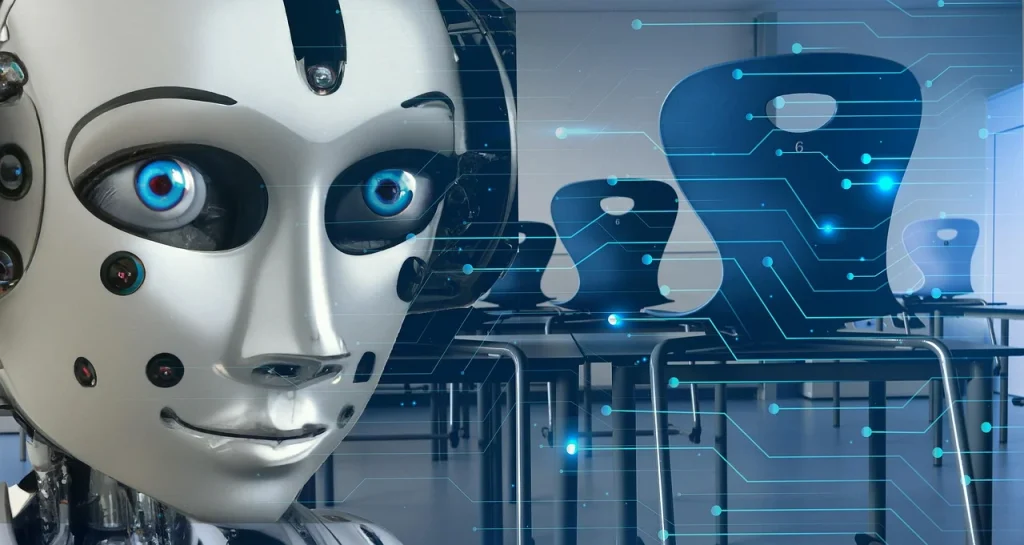Artificial intelligence continues to revolutionize the way we approach education, combining speed and precision with innovative solutions. Tools once reserved for tech experts are now everyday resources for students, teachers, and self-learners.
From adaptive platforms to virtual tutors, AI not only supports learning but also transforms how we process, understand, and apply knowledge. It makes learning faster, more engaging, and deeply personalized.
Here’s a closer look at five groundbreaking ways AI is reshaping education.
Personalized Learning Paths
Artificial intelligence tailors lessons to fit individual needs, adapting in real-time to progress and challenges. It identifies strengths and weaknesses and then customizes materials to keep learners engaged and on track.
A targeted approach enables students to progress at their own pace without feeling overwhelmed or held back. Platforms like adaptive learning apps use algorithms to curate specific exercises, videos, or free flashcards that match a learner’s current skill level.
AI also ensures no time is wasted on irrelevant content. Instead, learners focus on mastering essential topics before moving forward. This is especially helpful in self-directed study, where staying motivated can be a challenge.
AI-Powered Tutoring Assistants
Virtual tutoring assistants use artificial intelligence to deliver on-demand guidance, bridging gaps when human instructors aren’t available. These tools answer questions, explain complex concepts, and provide step-by-step solutions tailored to the learner’s style.
Unlike traditional tutoring, AI assistants are accessible 24/7, offering immediate support. Students working late or in different time zones no longer face delays in getting help. Some platforms even adjust their explanations based on how the user interacts with the material.
Advanced tutoring systems track progress over time, recognizing recurring struggles and addressing them with targeted examples or exercises. They don’t just provide answers but also encourage critical thinking by breaking problems into manageable steps.
Liked what you read? This related post is another hidden gem.
Intelligent Content Generation
Lesson planning no longer eats up hours of prep time. Smart content tools now build quizzes, slides, summaries, and even full lesson outlines based on curriculum standards or uploaded material.
Teachers and students can generate content that’s aligned with specific learning goals. For example, uploading a science article can instantly produce key takeaways, vocabulary drills, or short video scripts. That kind of automation gives more room for discussion, labs, or group projects in class.
Educators still review and adjust the outputs, but the bulk of the groundwork gets handled in seconds. As models get more precise, the quality of auto-generated materials continues to improve, especially for niche subjects or multilingual learners.
Real-Time Language Translation
For multilingual classrooms, AI promptly breaks down communication barriers. Real-time translation tools convert spoken or written language without delay to help students understand lessons as they happen.
Students learning a second language get extra support while still engaging with native-level material. Apps like Microsoft Translator or Google’s AI features offer subtitles, pronunciation guides, and cross-language Q&A. That makes it easier for students to follow discussions or ask questions confidently.
Educators benefit, too. They can prepare a single lesson plan and rely on translation tech to adapt it across languages.
Adaptive Assessment and Feedback
Traditional tests often miss the nuances of how a student learns. AI-driven assessments adjust question difficulty based on each response, giving a clearer view of comprehension and skill gaps.
Tests feel less like fixed hurdles and more like dynamic learning checkpoints. When a student answers incorrectly, the system doesn’t just mark it wrong. Instead, it offers follow-up questions or hints that focus on where things went off track.
Feedback comes instantly. Rather than waiting days for a graded paper, students see what they missed and why. Teachers also receive quick analytics that enables them to spot trends across the class and tailor lessons without relying on guesswork.
Final Remarks
Learning is no longer static. With artificial intelligence in the mix, it continually adjusts, reacting to our thoughts, areas where we struggle, and what sparks our interest. That makes growth feel less like climbing a rigid ladder and more like exploring a branching path.
Whether you are building a course, supporting a student, or learning something new yourself, now’s the time to test what’s possible. The tools are already here. The next step is finding out where they can take you.
Catch up on the latest updates anytime from 2A Magazine.







